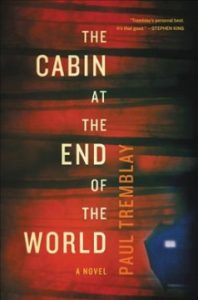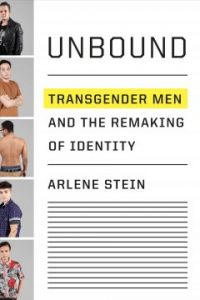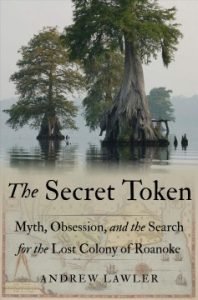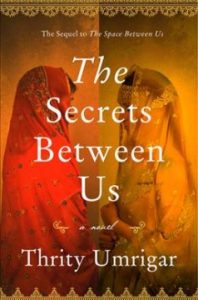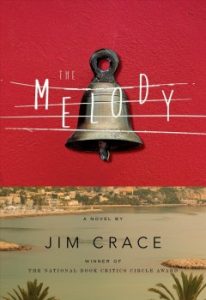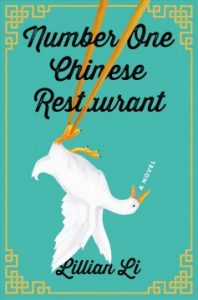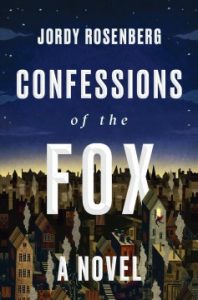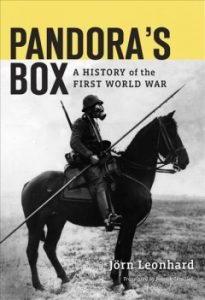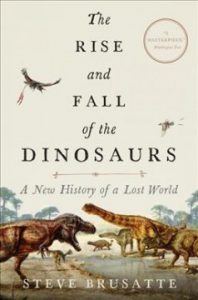And a very happy Free-For-All Birthday to American novelist, essayist, and poet, Willa Cather!

Willa Cather was born in Virginia on December 7, 1873. Her family moved to Nebraska in 1883, ultimately settling in the town of Red Cloud, where the National Willa Cather Center is located today. She attended the University of Nebraska–Lincoln.
Cather moved to Pittsburgh, Pennsylvania, in 1896 to pursue a career in journalism and work for the women’s magazine Home Monthly. She also taught English, and pursued a career in writing. In 1906, she moved to New York City to take an editorial position at McClure’s Magazine, which published her first collection of short stories. In the 1920’s, unhappy with the way in which Houghton Mifflin was marketing her books, Cather turned to the young publishing house run by Alfred A Knopf, Sr, and his wife Blanche. Especially impressed with Blanche’s capability (and skilled managing of the switchboards during her lunch break), Cather eventually published most of her novels with the firm.
 Although enormously popular for a time, Cather’s works fell out of public appreciation during the Depression and the Dust Bowl, as her work no longer felt relevant to the dire difficulties of the age. Disheartened and defensive, Cather destroyed a number of her manuscripts and put a clause in her will stating that her letters never be published. Nevertheless, in April 2013, The Selected Letters of Willa Cather—a collection of 566 letters Cather wrote to friends, family, and literary acquaintances such as Thornton Wilder and F. Scott Fitzgerald—was published following the death of Cather’s nephew and second literary executor, Charles Cather. Today, her work remains a critically important part of the canon of American literature, and research into her fascinating life continues to this day!
Although enormously popular for a time, Cather’s works fell out of public appreciation during the Depression and the Dust Bowl, as her work no longer felt relevant to the dire difficulties of the age. Disheartened and defensive, Cather destroyed a number of her manuscripts and put a clause in her will stating that her letters never be published. Nevertheless, in April 2013, The Selected Letters of Willa Cather—a collection of 566 letters Cather wrote to friends, family, and literary acquaintances such as Thornton Wilder and F. Scott Fitzgerald—was published following the death of Cather’s nephew and second literary executor, Charles Cather. Today, her work remains a critically important part of the canon of American literature, and research into her fascinating life continues to this day!
In honor of Willa Cather’s birthday, please enjoy this poem, which appears in Cather’s famous novel My Antonia:
Prairie Spring
Evening and the flat land,
Rich and sombre and always silent;
The miles of fresh-plowed soil,
Heavy and black, full of strength and harshness;
The growing wheat, the growing weeds,
The toiling horses, the tired men;
The long empty roads,
Sullen fires of sunset, fading,
The eternal, unresponsive sky.
Against all this, Youth,
Flaming like the wild roses,
Singing like the larks over the plowed fields,
Flashing like a star out of the twilight;
Youth with its insupportable sweetness,
Its fierce necessity,
Its sharp desire,
Singing and singing,
Out of the lips of silence,
Out of the earthy dusk.
And now…on to the books!

The Darkness: Fans of Nordic noir really need to discover Ragnar Jonasson and his compulsively readable Icelandic mysteries. In this newest release, a determined and insightful detective puts her life on the line for a woman no one else seems to remember. The body of a young Russian woman washes up on an Icelandic shore. After a cursory investigation, the death is declared a suicide and the case is quietly closed. Over a year later Detective Inspector Hulda Hermannsdóttir of the Reykjavík police is forced into early retirement at 64. She dreads the loneliness, and the memories of her dark past that threaten to come back to haunt her. But before she leaves she is given two weeks to solve a single cold case of her choice. She knows which one: the Russian woman whose hope for asylum ended on the dark, cold shore of an unfamiliar country. Soon Hulda discovers that another young woman vanished at the same time, and that no one is telling her the whole story. Even her colleagues in the police seem determined to put the brakes on her investigation. Meanwhile the clock is ticking. Jonasson’s thrillers are always well-crafted and gripping, but he is also deeply compassionate toward his characters, giving emotional depth to these dark and twisty stories. Kirkus Reviews loved this book, cheering, “If you think you know how frigid Iceland can be, this blistering stand-alone from Jónasson has news for you: It’s much, much colder than you’ve ever imagined.”
All the Lives We Never Lived: Man-Booker-Prize-nominated author Anuradha Roy blends personal history and sweeping historical narrative into this novel, that deals with the nation of India during the Second World War, as well as about one son’s attempts to understand his mother’s story. Growing up, Myshkin was known as “the boy whose mother had run off with an Englishman.” Even though the man was, in fact, German, as Myshkin explains, “in small-town India in those days, all white foreigners were largely thought of as British.” For years, that was all that Myshkin knew about his mother, Gayatri, a rebellious, alluring artist who abandoned parenthood and marriage to follow her primal desire for freedom. Though freedom may be stirring in the air of India, across the world the Nazis have risen to power in Germany. At this point of crisis, a German artist from Gayatri’s past seeks her out. What follows is her life as pieced together by her son, a journey that takes him through India and Dutch‑held Bali. Excavating the roots of the world in which he was abandoned, he comes to understand his long‑lost mother, and the connections between strife at home and a war‑torn universe overtaken by patriotism. Roy manages scale expertly in this book, creating a large-scale landscape while still providing a deeply moving and detailed portrait of one man and his remarkable mother. Library Journal agrees, saying in their review, “This novel has an epic feel but also portrays the feelings of an abandoned child and captured woman while strongly evoking the sounds, scents, plants, people, and social structures of India at the time.”
Babel: Around the World in Twenty Languages: English is considered the world language, but most of the world doesn’t speak it. As Gaston Dorren points out in this intriguing work, only one in five people does. Furthermore, Dorren calculates, to speak fluently with half of the world’s 7.4 billion people in their mother tongues, you would need to know no fewer than twenty languages. He sets out to explore these top twenty world languages, which range from the familiar, like French and Spanish, to the those to which we have little exposure, like Malay, Javanese, and Bengali, taking readers on a delightful journey to every continent of the world, tracing how these world languages rose to greatness while others fell away and showing how speakers today handle the foibles of their mother tongues. Whether showcasing tongue-tying phonetics or elegant but complicated writing scripts, and mind-bending quirks of grammar, Babel vividly illustrates that mother tongues are like nations: each has its own customs and beliefs that seem as self-evident to those born into it as they are surprising to the outside world. This is a book that travelers and language-lovers of all stripes will find fascinating, and may very well change the way you think about the words you use every day! Publisher’s Weekly gave this book a starred review, delighting in the fact that “Dorren always succeeds in sharing his delight at the intricacies and compromises of human communication . . . Whether he is debunking common misunderstandings about Chinese characters or detailing the rigid caste distinctions ossified in Javanese, Dorren educates and fascinates. Word nerds of every strain will enjoy this wildly entertaining linguistic study.”
Nine Perfect Strangers: This came out a little while ago, dear readers, but due to popular demand, we’ve got more copies on the shelves for you! Fans of Lianne Moriarty’s Big Little Lies are going to delight in this newest of her novels, which brings her talent for creating complex characters with a classic mystery trope. Nine people gather at a remote health resort. Some are here to lose weight, some are here to get a reboot on life, some are here for reasons they can’t even admit to themselves. Amidst all of the luxury and pampering, the mindfulness and meditation, they know these ten days might involve some real work. But none of them could imagine just how challenging the next ten days are going to be. Frances Welty, the formerly best-selling romantic novelist, arrives at Tranquillum House nursing a bad back, a broken heart, and an exquisitely painful paper cut. She’s immediately intrigued by her fellow guests. Most of them don’t look to be in need of a health resort at all. But the person that intrigues her most is the strange and charismatic owner/director of Tranquillum House. Could this person really have the answers Frances didn’t even know she was seeking? Should Frances put aside her doubts and immerse herself in everything Tranquillum House has to offer – or should she run while she still can? It’s not long before every guest at Tranquillum House is asking exactly the same question. Twisty, turny, and utterly engrossing, this novel is getting plenty of praise from the likes of Oprah and Stephen King, and earned a starred and boxed review from Publisher’s Weekly (no easy feat), which read in part, “A cannily plotted, continually surprising, and frequently funny page-turner and a deeply satisfying thriller. Moriarty delivers yet another surefire winner.”
How Long ‘Til Black Future Month?: Nebula-award-winning author N.K. Jemisin’s first book of short stories is a rich and and intriguing collection that equally challenges and delights readers with thought-provoking narratives of destruction, rebirth, and redemption. Dragons and hateful spirits haunt the flooded streets of New Orleans in the aftermath of Hurricane Katrina. In a parallel universe, a utopian society watches our world, trying to learn from our mistakes. A black mother in the Jim Crow South must save her daughter from a fey offering impossible promises. And in the Hugo award-nominated short story “The City Born Great,” a young street kid fights to give birth to an old metropolis’s soul. Fans of Jemisin’s phenomenal science fiction novels will love these stories, and those looking to introduce themselves to her ground-breaking work should look no further than this volume, which earned a starred review from Kirkus Reviews, who praised the ways in which Jemisin “[E]loquently develops a series of passionately felt themes… one of speculative fiction’s most thoughtful and exciting writers.”
Until next week, beloved patrons–happy reading!

 Eugenio Montale was born into a family of businessmen in Genoa on October 12, 1896. During World War I, he served as an infantry officer on the Austrian front. Originally, Montale had trained to be an opera singer, but when his voice teacher died in 1923, he gave up singing and concentrated his efforts on writing. After his first book, Ossi di seppia (Cuttlefish Bones), appeared in 1925, Montale was received by critics as a profoundly original and experimental poet…He was dismissed from his directorship of the Gabinetto Vieusseux research library in 1938 for refusing to join the Fascist party. He withdrew from public life and began translating English writers such as
Eugenio Montale was born into a family of businessmen in Genoa on October 12, 1896. During World War I, he served as an infantry officer on the Austrian front. Originally, Montale had trained to be an opera singer, but when his voice teacher died in 1923, he gave up singing and concentrated his efforts on writing. After his first book, Ossi di seppia (Cuttlefish Bones), appeared in 1925, Montale was received by critics as a profoundly original and experimental poet…He was dismissed from his directorship of the Gabinetto Vieusseux research library in 1938 for refusing to join the Fascist party. He withdrew from public life and began translating English writers such as 
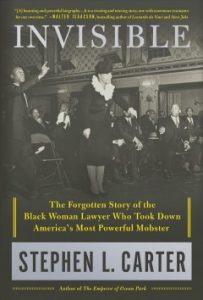
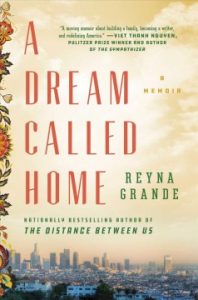
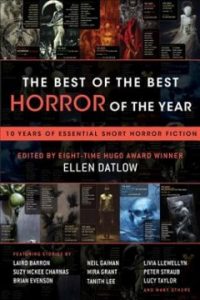
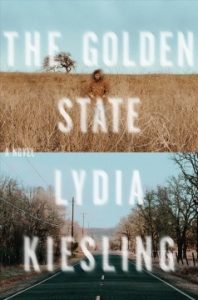

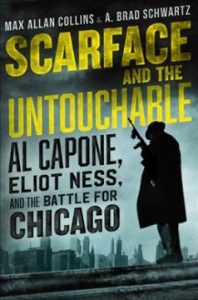
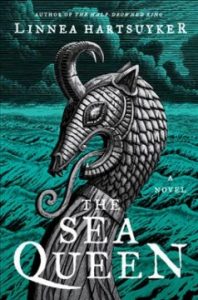

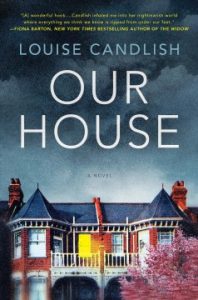
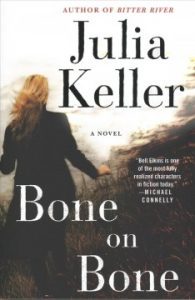


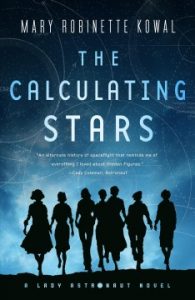
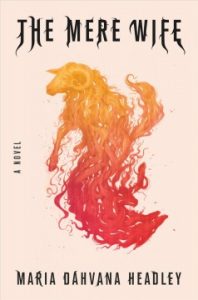
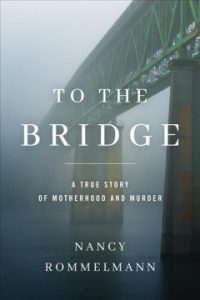
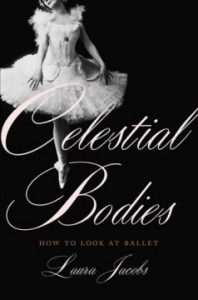
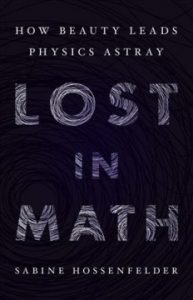
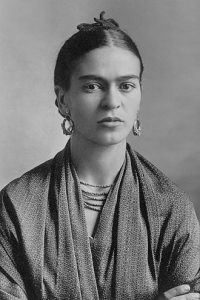
 By 1927, she was able to leave her bed, and Kahlo had the opportunity to rejoin her friends, who by this time had joined a number of political organizations and student groups. She herself joined the Mexican Communist Party and, in 1928, she met Diego Rivera, whom she would marry that same year. Both would have extra-marital affairs, Together, the two traveled around Mexico and the United States, and Kahlo began to develop her own artistic following. Her adoption of traditional indigenous Mexican peasant clothing to represent her
By 1927, she was able to leave her bed, and Kahlo had the opportunity to rejoin her friends, who by this time had joined a number of political organizations and student groups. She herself joined the Mexican Communist Party and, in 1928, she met Diego Rivera, whom she would marry that same year. Both would have extra-marital affairs, Together, the two traveled around Mexico and the United States, and Kahlo began to develop her own artistic following. Her adoption of traditional indigenous Mexican peasant clothing to represent her 